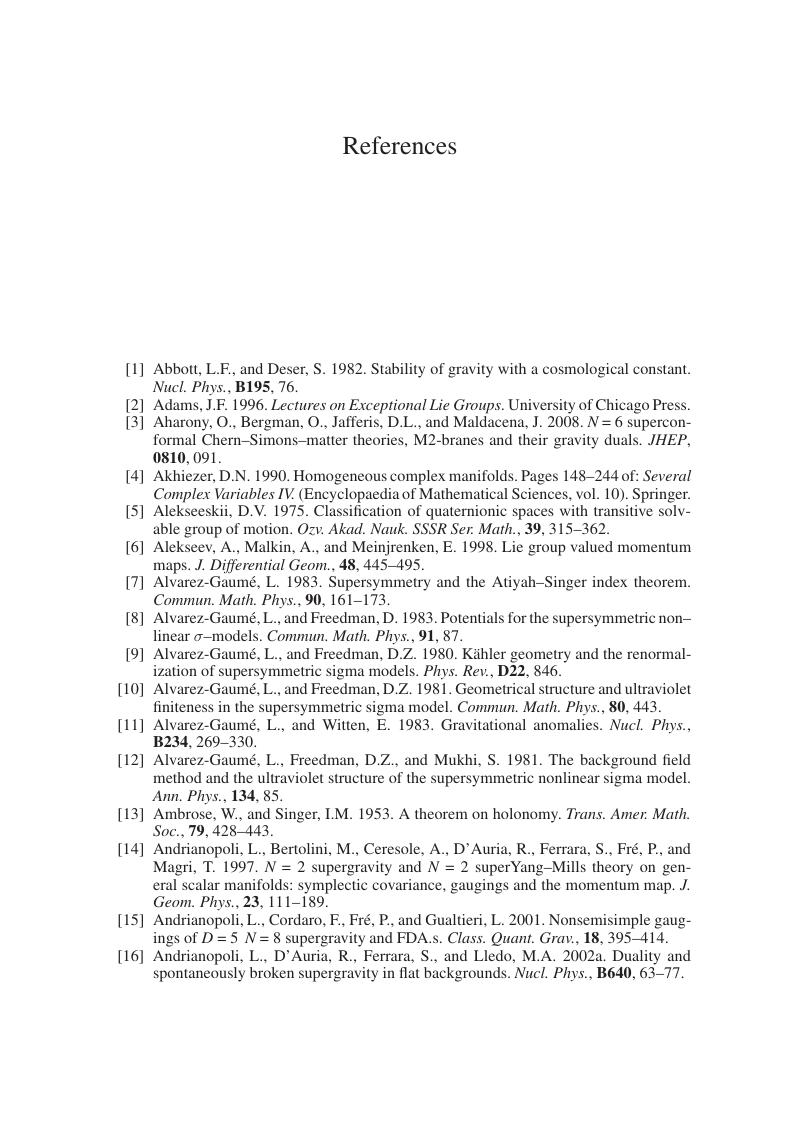References
Published online by Cambridge University Press: 05 January 2015
Summary

- Type
- Chapter
- Information
- Supersymmetric Field TheoriesGeometric Structures and Dualities, pp. 394 - 407Publisher: Cambridge University PressPrint publication year: 2015

